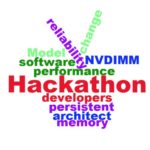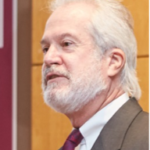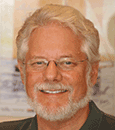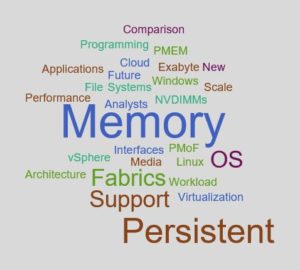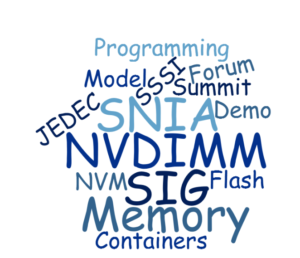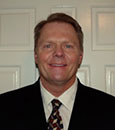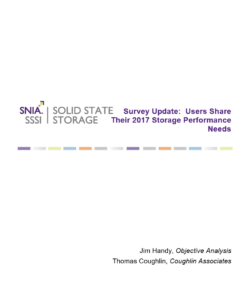New Capability in Familiar Places
When it comes to persistent memory, many application developers initially think of change as hard work that likely yields incremental result. It’s perhaps a better idea to look at the capability that’s new, but that’s already easily accessible using the methods that are in place today. It’s not that enabling persistent memory is effortless, it’s more that normal code improvement can take advantage of the new features in the standard course of development.
The concept of multiple memory tiers is ingrained in nearly every programming model. While the matrix of possibility can get fairly complex, it’s worth looking at three variables of the memory model. The first is the access type, either via load/store or block operation. The second is the latency or distance from the processing units; in this case the focus would be on the DIMM. The last would be memory persistence. Read More
